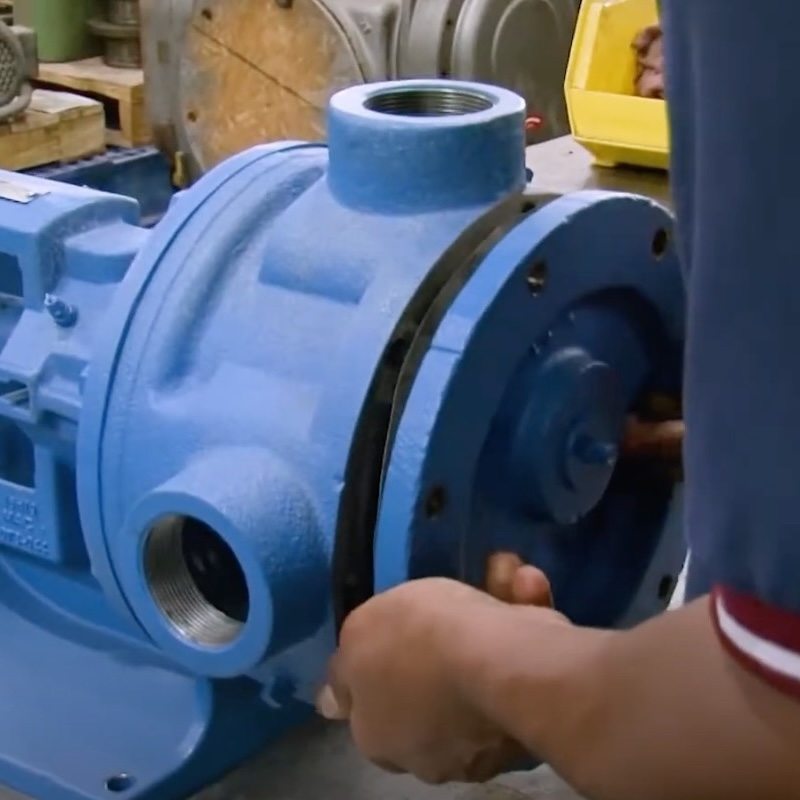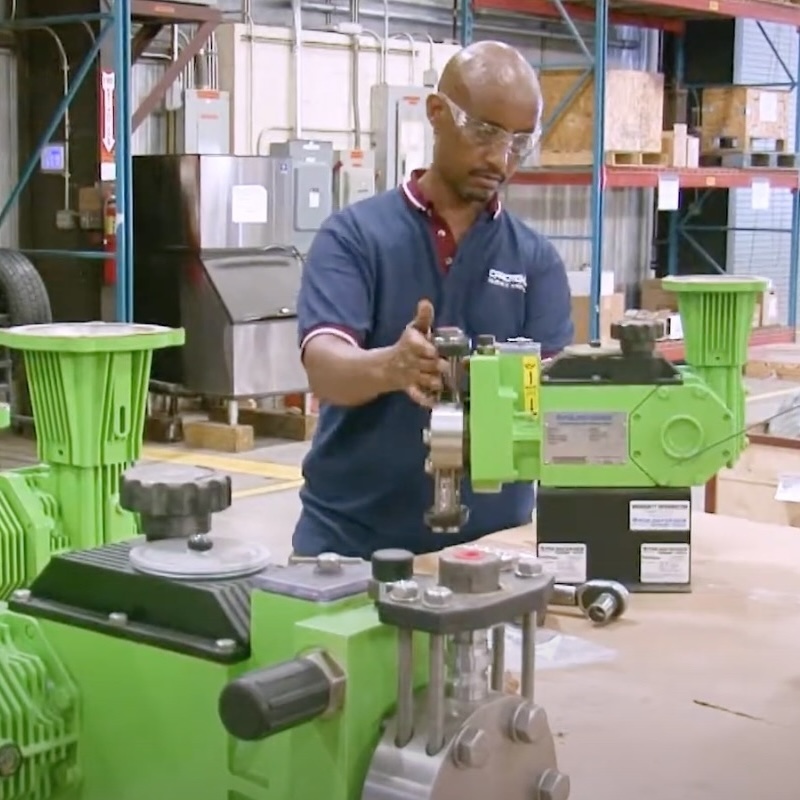When is the last time you performed maintenance on your industrial pumps?
In today's fast-paced industrial environment, maximizing efficiency is paramount to staying competitive. One crucial aspect that often gets overlooked is regular maintenance and repair of industrial pumps. Whether in manufacturing plants or municipal operations, these workhorses play a vital role in keeping operations running smoothly.
Regular maintenance and repair of industrial pumps not only extends their lifespan but also ensures optimal performance. By addressing small issues before they escalate into major problems, businesses can minimize downtime and avoid costly disruptions to their operations. Moreover, well-maintained pumps consume less energy, saving businesses on operational costs in the long run.
At Carotek, we understand the importance of maximizing efficiency. Our team of experts specializes in industrial pump maintenance and repair, offering comprehensive services that are tailored to meet your specific needs. With our in-depth knowledge and industry-leading techniques, we help businesses optimize their pump performance, minimize downtime, and maximize productivity.
Investing in regular maintenance and repair for your industrial pumps is an investment in the future success of your business. Don't let inefficiencies hold you back. Contact us today and let us help you achieve peak performance.


